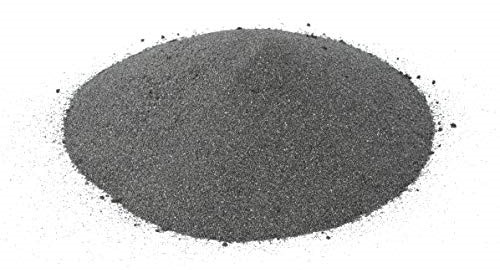
Particle size distribution refers to the range of sizes of individual particles in a sample of material. It is a key characteristic that influences the behavior and properties of powders, granules, and other particulate materials. By analyzing particle size distribution, researchers and manufacturers can optimize product quality, performance, and efficiency.
Although Fisher sub-sieve sizer is unable to provide particle size distribution directly, there is a solution: by repeated measurements on the random selection of samples from a batch of powder, we can get a view of particle size distribution from the measurements (note: the measurement every includes average particle size, specific surface area and porosity).
By measuring the average particle size of the powder multiple times and then analyzing the values, the particle size distribution is obtained. This method conforms to the principles of statistics, and the particle size distribution obtained is reliable and trustworthy.
We know the laser particle size analyzer can directly provide particle size distribution, but this method of Fisher Subsieve Sizer is also scientific. Just like how people check their eyesight, opticians rely on mechanical equipment to check our vision, and they also use eye charts to manually test our vision.
Here we don't make any comment on the accuracy of particle size distribution provided by laser instrument. With Fisher Sub-Sieve Sizer, although it is time-consuming to get particle size distribution by this way, the data is reliable and trustworthy. After repeative measurements, the data iitself will give you a clear view on particle size distribution of the whole batch of powder.
AutoFSSS (model WLP-216) can provide faster measuring speed. It works together with laptop computer. You can easily read, save and print out measurements. So it provides higher working efficiency and convenience for data analysis.
The Laser particle size analyzer can provide particle size distribution but that particle size distribution is only data for a small amount of powder sample. If you use the data as the particle size distribution of a big batch of powder, it is inproper.
Fisher Sub-Sieve Sizer is unable to provide particle size distribution for a small amount of powder sample but it is able to provide a particle size distribution view for a big amount of powder material by repeative measurements on powder at random positions of the batch of material.